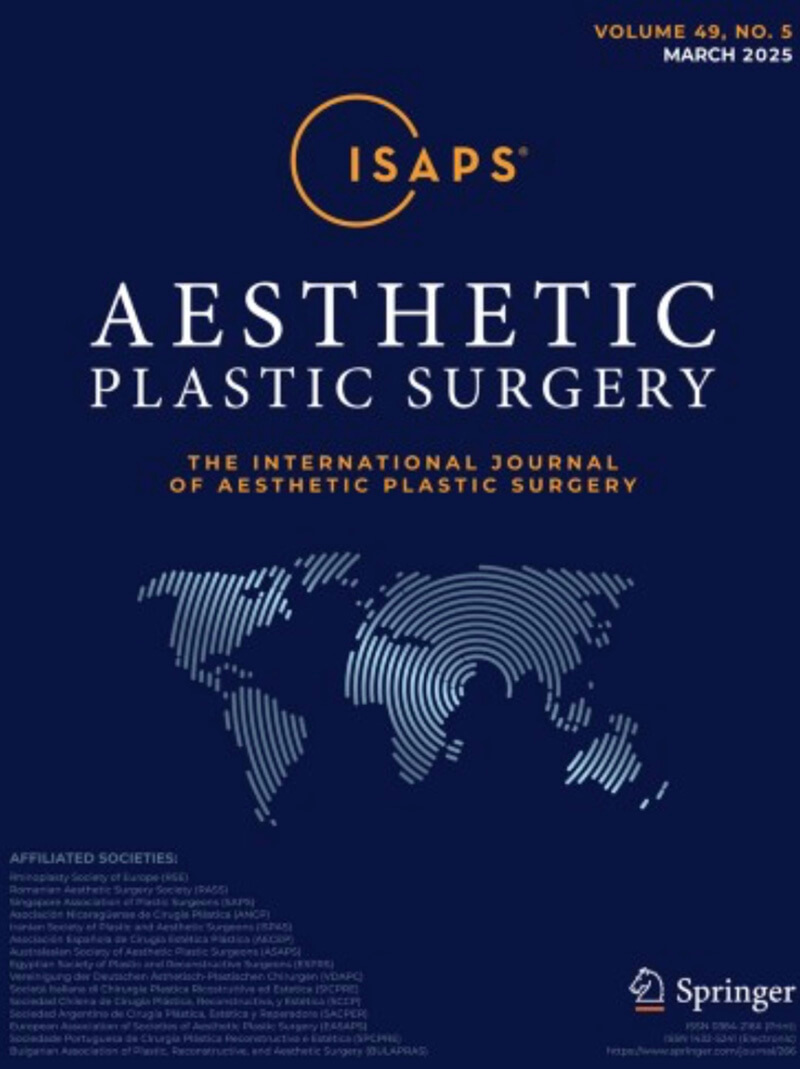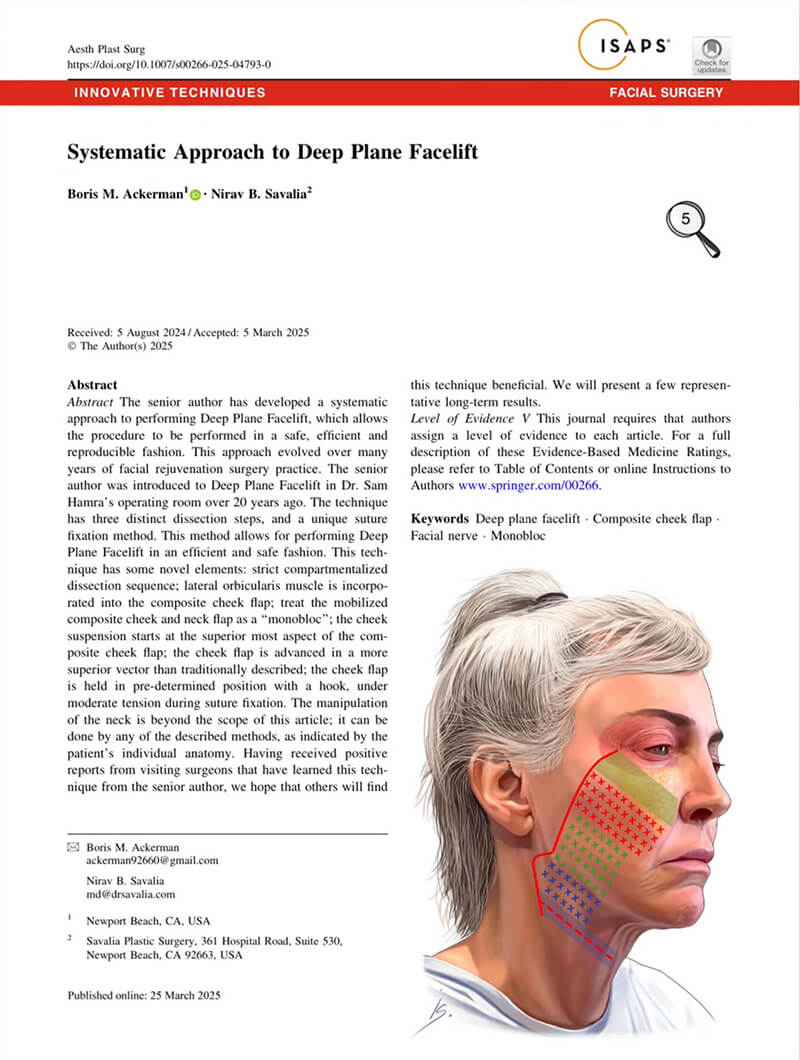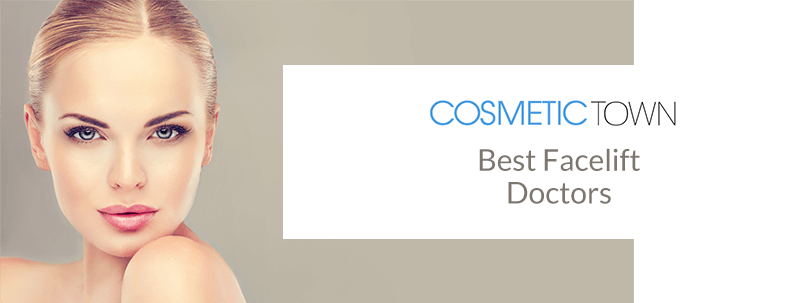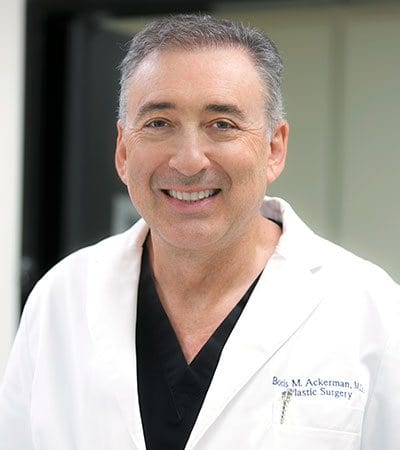

By Dr. Boris Ackerman & Dr. Nirav Savalia – Summary & Overview
The field of facelift surgery has undergone a remarkable evolution over the past few decades, with the deep plane facelift emerging as one of the most effective and sophisticated techniques available for achieving natural, youthful, and long-lasting facial rejuvenation. In their publication, “Systematic Approach to Deep Plane Lift,” Dr. Boris Ackerman and Dr. Nirav Savalia built on the foundational work of facial plastic surgery pioneers to present a highly refined, step-by-step surgical approach that enhances both safety and results. The senior author, Dr. Ackerman, is the originator of this technique and has provided all the surgical and patient data for this publication.
A Legacy of Innovation in Facelift Surgery
The authors begin by paying homage to the major milestones in the development of facelift surgery. From Dr. Tord Skoog’s introduction of the composite flap in the 1970s to Dr. Sam Hamra’s composite facelift and Dr. John Owsley’s emphasis on the malar fat pad, each contribution has advanced our understanding of facial aging and surgical correction. Dr. Bryan Mendelson’s anatomical research and Dr. Andrew Jacono’s popularization of the modern deep plane technique have been particularly influential in shaping today’s high-standard aesthetic goals.
Dr. Ackerman believes that the deep plane facelift is the current pinnacle of these innovations, primarily due to its ability to release the facial retaining ligaments and reposition the deeper soft tissue structures that cause facial aging, especially in the mid-cheek area. Despite its benefits, the technique remains underutilized due to concerns about facial nerve injury.
Surgical Strategy: A Systematic, Layered Dissection
Their methodical, three-step dissection technique targets key anatomical compartments of the midface. With precise preoperative markings and a focus on “anatomical safety zones,” the technique is not only reproducible but also reduces complications like nerve damage – Full publication here.
Below is a brief overview of the authors’ technique:
Step 1: Prezygomatic and Premaxillary Space Dissection
The operation begins with elevation of the orbicularis oculi muscle and dissection over the zygoma, staying superficial to the pre-periosteal fat. This creates a clean, avascular plane that allows for safe and controlled mobilization of the midface structures. Unlike some earlier techniques that avoid this space due to nerve concerns, Ackerman and Savalia emphasize that, with knowledge and care, it can be safely incorporated into the composite flap. This deep approach provides powerful access to the malar fat pad and nasolabial fold, key contributors to facial aging.
Step 2: Premasseter Space Dissection
Dissection continues along the jawline, over the masseter muscle. This step targets the lower face, particularly the jowls. The authors advocate for a careful sub-platysmal dissection to avoid accidental injury to the marginal mandibular nerve, all while staying true to the deep plane’s philosophy of lifting the musculature rather than just the skin.
Step 3: Zygomatic Ligament Complex Dissection
What may be the most technically challenging phase, step three involves identifying and releasing the zygomatic ligaments, fibrous bands that tether the facial soft tissue. Their release is crucial for the full mobilization of the malar fat pad and achieving seamless rejuvenation across the midface.
The authors describe the dissection in meticulous detail, using retractors and tactile feedback to distinguish ligamentous bands from nerve structures. Once completed, this step unifies the dissected facial compartments into a single mobile unit referred to as the “monobloc.”
Key Fixation and Vector Techniques
Once the entire cheek and neck composite (the “monobloc”) is freed, the tissue is repositioned using a superior and slightly vertical vector, more vertical than what many other surgeons advocate. The authors argue that this vertical lift not only restores youthful contours to the cheek and jawline but also avoids distortion of the smile because the underlying facial muscles are completely freed.
Suturing is done in layers to securely fix the lifted tissue to deep, stable structures such as the deep temporal fascia. The authors do not trim excess SMAS tissue, opting instead to stack it for added volume and contour in the lateral cheek. This maneuver avoids the hollow or overly tight look sometimes seen in other facelift techniques.
Orbicularis Oculi: A Unique Inclusion
An especially notable aspect of their method is the inclusion of the lateral orbicularis oculi muscle in the composite flap, a move most surgeons avoid due to concerns about motor nerve damage. The authors make a compelling case for this inclusion, citing recent cadaveric studies that demonstrate its safety.
Elevating this muscle adds strength and continuity to the lift, enhances the malar region, and often eliminates the need for fat grafting in the midface.
Advantages in Primary and Revision Cases
This technique is not limited to younger patients or first-time facelift candidates. The authors report excellent results even in revision facelifts, including those following prior deep plane surgeries or patients who have had biostimulatory fillers, like Sculptra® or RADIESSE®. With cautious dissection and anatomical mindfulness, their technique proves adaptable across a broad range of patients and clinical situations.
Cheek Rejuvenation as the Focal Point
While this publication does not delve deeply into neck rejuvenation, the authors do routinely address the platysma during surgery. They assert that transecting the platysma transversely at the thyroid cartilage level helps reposition the neck tissues along with the cheeks, further enhancing the long-term results of the lift.
Conclusion
This approach reflects the authors’ desire to improve reproducibility in advanced facelift techniques and their commitment to educating qualified plastic surgeons who want to consistently produce superior, natural-looking facelift results.
Their method reduces guesswork, minimizes risk, and improves reproducibility in advanced facelift techniques. It also offers surgeons a structured pathway to master the deep plane facelift while respecting natural facial anatomy and pushing the boundaries of what modern facial rejuvenation can achieve.

![]()
Boris M. Ackerman, MD
Over 30 Years of Experience
Over 800 Expert Answers on RealSelf

Dr. Ackerman is voted “Best Facelift Doctors in Los Angeles”as determined by Cosmetic Town
Read Article
Dr. Ackerman featured in VoyageLA
Read Article
Our Location
Boris M. Ackerman, M.D.
360 San Miguel Drive, Suite 607
Newport Beach, CA 92660
Phone: (949) 759-3284
Fax: 949-759-9613



